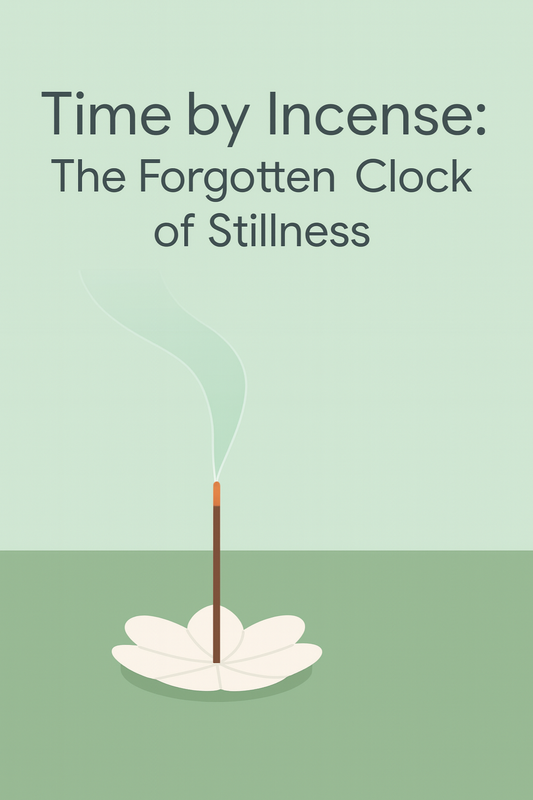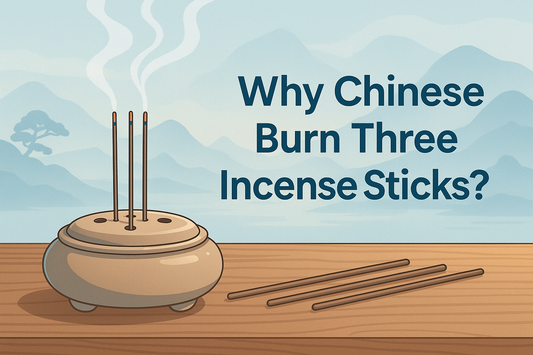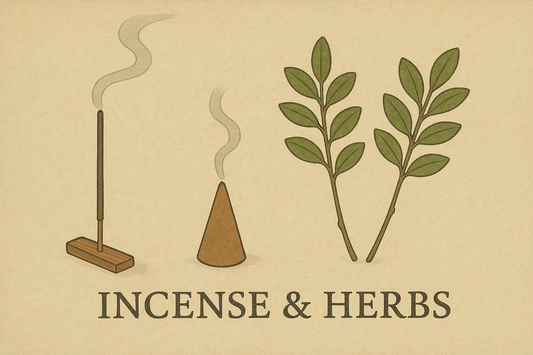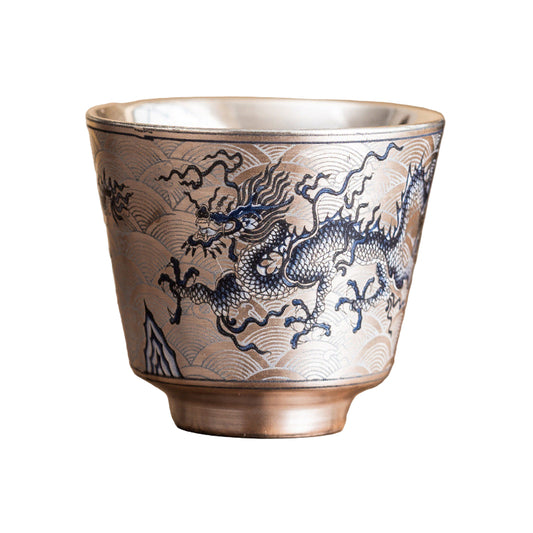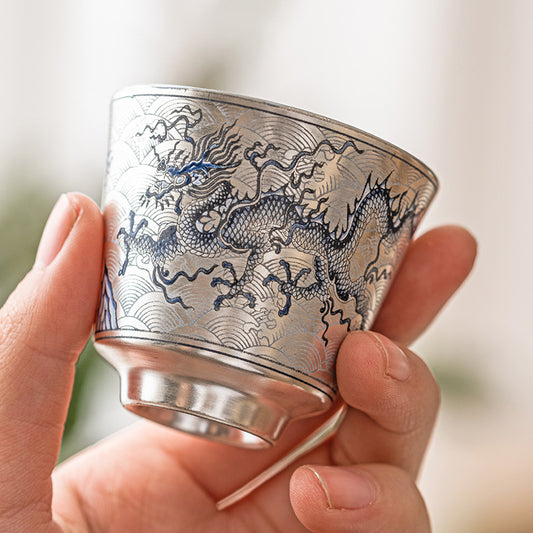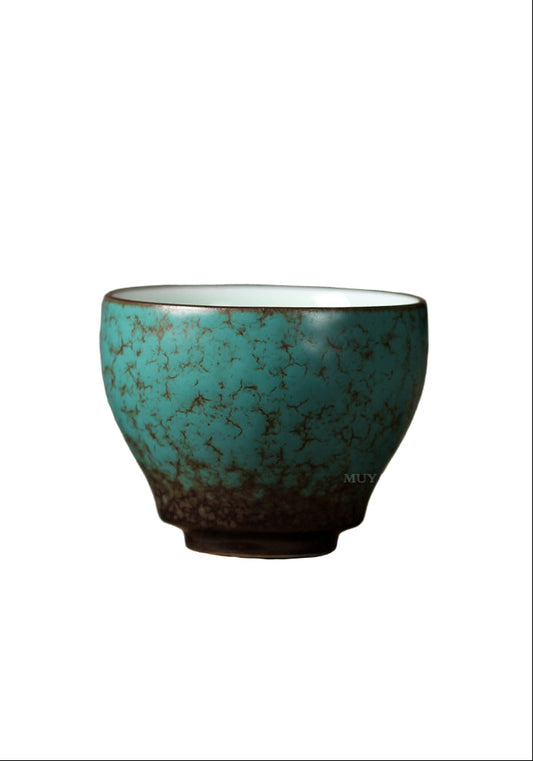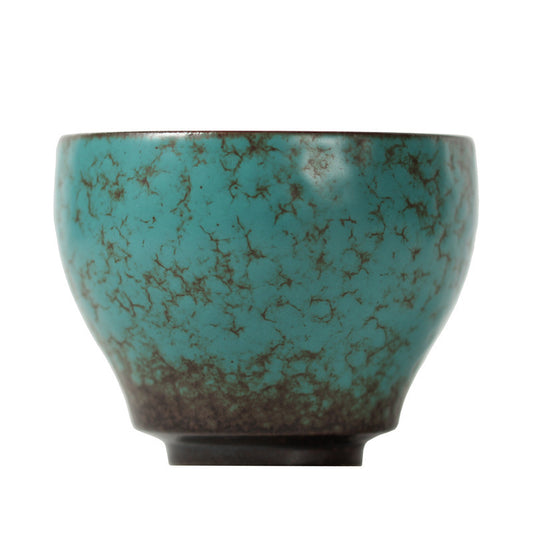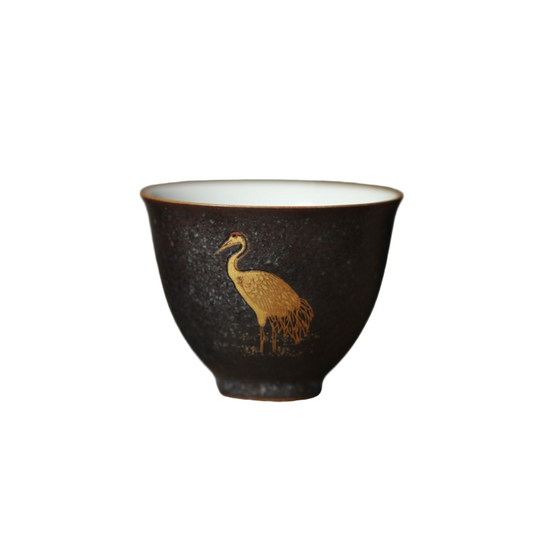
Is Incense Bad for Your Cat? What Every Pet Owner Needs to Know
Aromatherapy in Daily Life: A Double-Edged Sword
In modern urban life, aromatherapy products have become deeply integrated into daily routines. Whether it's incense sticks, candles, or essential oil diffusers, they offer relaxation and ritual. However, for cat owners, these scents may pose hidden dangers. In particular, incense sticks release smoke that may be harmful to animals with sensitive respiratory systems.
This article explores scientific findings on how incense smoke affects cats and aims to guide cat owners in making safer aromatherapy choices—especially by distinguishing between natural wood-based incense and those containing essential oils.
Cats' Sensitivity to Their Environment
1. Fragile Respiratory Systems
Cats are nasal breathers with delicate respiratory tracts. Tiny airborne particles can easily cause irritation or lead to chronic conditions such as asthma. A 2022 study in Frontiers found cats accumulate indoor pollutants more than dogs and are more vulnerable to PM2.5 and VOCs.
2. Liver Enzyme Deficiency
Cats lack a key liver enzyme—glucuronyl transferase—needed to break down phenolic and terpene compounds, which are common in essential oils. Without this enzyme, toxins accumulate in their bodies, leading to organ failure.
3. Grooming and Indirect Exposure
Cats often ingest particles that settle on their fur or surfaces during grooming. This creates a second exposure route—digestive ingestion.
4. Heightened Sense of Smell
Cats’ sense of smell is up to 100 times more sensitive than humans. What smells pleasant to us can be overpowering or irritating to them.
The Smoke Factor: What Really Burns
Even the purest incense produces harmful byproducts when burned:
-
PM (Particulate Matter): Tiny particles that can embed in the lungs.
-
VOCs (Volatile Organic Compounds): Includes benzene, toluene, and formaldehyde.
-
PAHs (Polycyclic Aromatic Hydrocarbons): Some are known carcinogens.
-
Gases: CO, CO2, NOx, and SO2 increase air pollution.
In short, any smoke is harmful to cats, no matter how natural its source.
Essential Oil Incense vs. Natural Incense
🚫 Incense with Essential Oils: Strictly Avoid
-
Toxic Compounds: Essential oils are highly concentrated extracts. Even “natural” oils pose risks due to phenols and terpenes.
-
Documented Dangers: According to the Merck Veterinary Manual and a 2014 JAVMA study, essential oils like tea tree, citrus, and eucalyptus can cause seizures, vomiting, and death in cats.
-
Multiple Exposure Routes: Cats inhale these oils and ingest particles through grooming, compounding the toxicity.
✅ Pure Natural Incense: A Responsible Compromise
-
Ingredients: Made from sandalwood, agarwood, frankincense, or myrrh—no additives or oils.
-
Reduced Risk: While smoke still irritates, the absence of toxic essential oils lowers the danger significantly.
-
Backed by Experts: The Tisserand Institute confirms natural incense lacks the compounds that poison cats.
Guidelines for Safe Incense Use (If Unavoidable)
If you must burn incense for cultural or personal reasons, take maximum precautions:
-
Only use pure, natural incense: No added essential oils or synthetics.
-
Burn in a well-ventilated, isolated room: Use HEPA filters and open windows.
-
Keep cats entirely out: Close doors, ventilate for 6+ hours post-burn.
-
Limit time: Burn only 5–10 minutes.
-
Observe your cat: Watch for coughing, wheezing, vomiting, or lethargy.
-
Act fast in emergencies: Move your cat to fresh air and contact a vet.
-
Explore safer alternatives: Use cat-safe air purifiers, ventilation, and non-toxic plants (after checking toxicity).
Conclusion: Choosing With Care
While pure natural incense doesn’t pose the acute toxicity risk of essential oil-based incense, all incense smoke can irritate cats. Choosing incense without additives and using it with caution reflects true responsibility. As guardians, our top priority is protecting our pets’ health—while still honoring human rituals in the safest way possible.
Sources Referenced:



